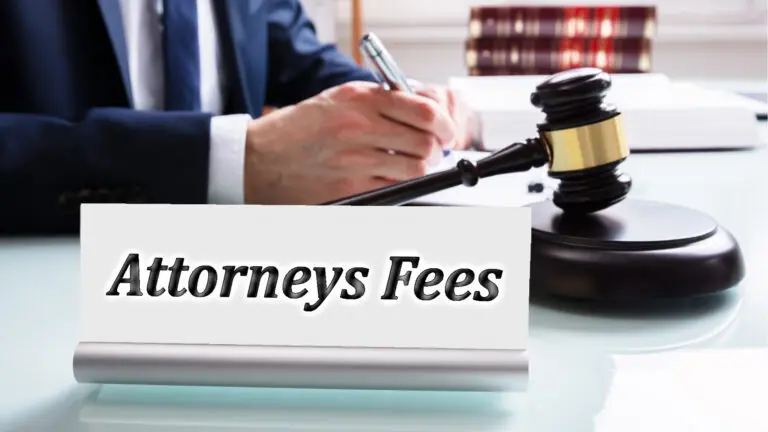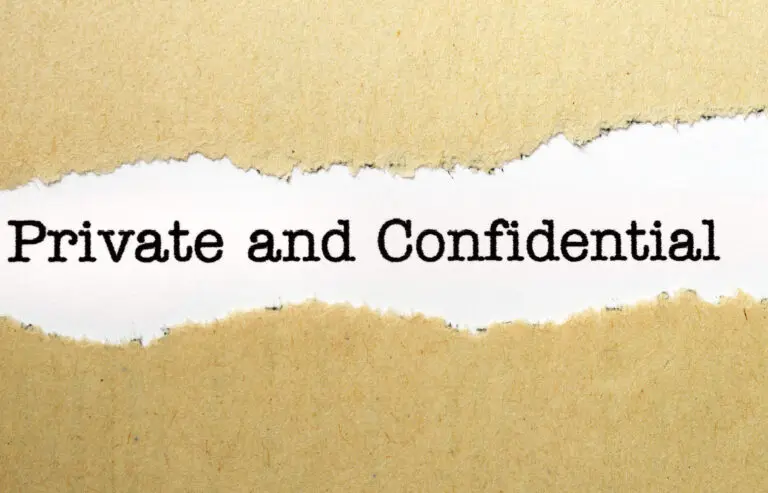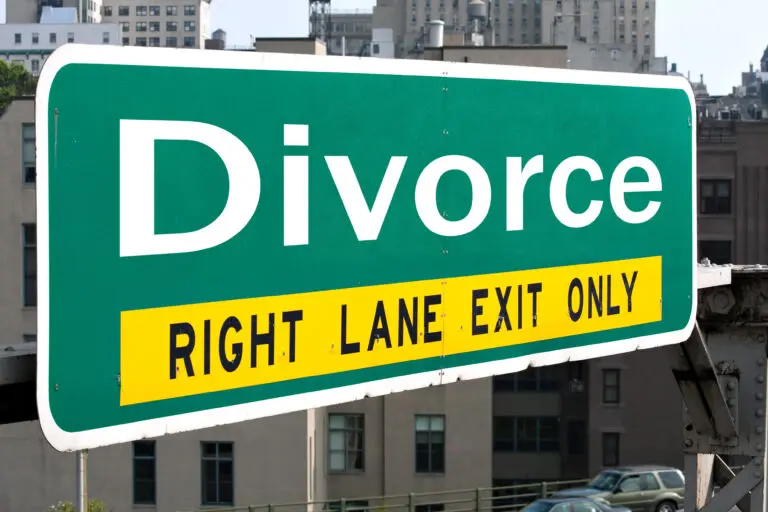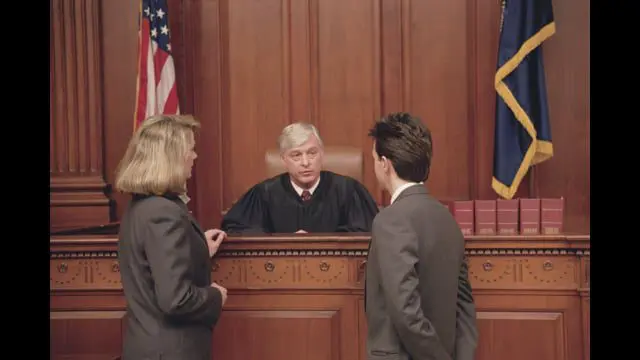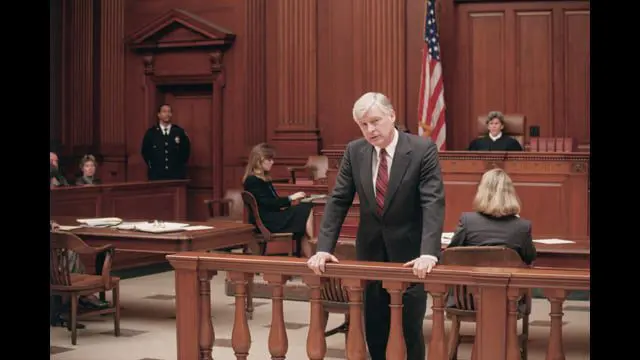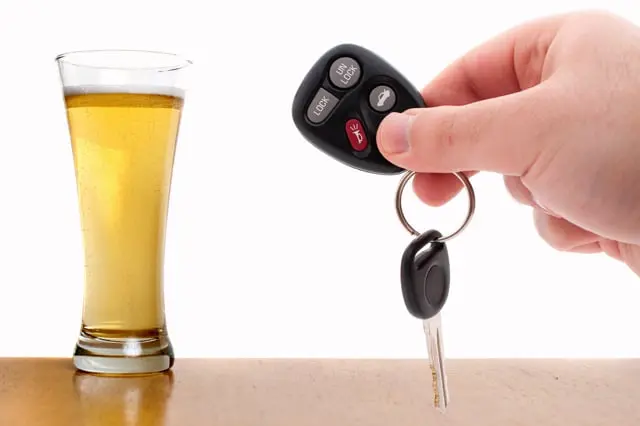In the aftermath of a vehicular collision, victims often find themselves grappling with physical injuries, emotional trauma, and financial burdens. Navigating the complex landscape of siniestros de tráfico can be a daunting task, particularly when one is focused on recovery. However, understanding the intricacies of the legal process and knowing how to maximize compensation is crucial for those seeking justice and financial restitution. This comprehensive guide aims to equip accident victims with the knowledge and strategies necessary to optimize their legal claims and secure the compensation they rightfully deserve.
The journey toward maximizing compensation begins immediately after the accident occurs. Preserving evidence at the scene is paramount. This includes taking photographs of vehicle damage, road conditions, and any visible injuries. Gathering contact information from witnesses and obtaining a copy of the police report are also critical steps. These initial actions lay the groundwork for a strong claim by providing tangible proof of the accident’s circumstances and immediate consequences.
Seeking prompt medical attention is not only crucial for one’s health but also for the strength of the legal claim. Medical records serve as official documentation of injuries sustained in the accident. They provide a clear timeline of treatment and recovery, which is essential when calculating damages. Even if injuries seem minor initially, it is advisable to undergo a thorough medical examination, as some injuries may not manifest symptoms immediately but could have long-term implications.
When pursuing a car accident claim, understanding the concept of liability is fundamental. In most jurisdictions, the party at fault for the accident is responsible for compensating the victims. However, determining fault is not always straightforward. Multiple factors, such as driver negligence, road conditions, vehicle defects, or even the actions of third parties, can contribute to an accident. A thorough investigation, often conducted by experienced legal professionals, can uncover all relevant factors and establish a clear picture of liability.
The role of insurance companies in siniestros de tráfico cannot be overstated. Most claims are initially processed through insurance channels. However, it is important to remember that insurance companies, despite their marketing rhetoric, are primarily concerned with their bottom line. Their goal is to settle claims quickly and for as little money as possible. This is where the expertise of a abogado de lesiones personales becomes invaluable. An experienced lawyer can navigate the complexities of insurance negotiations, ensuring that victims are not pressured into accepting inadequate settlements.
Calculating the full extent of damages is a critical step in maximizing compensation. Damages in car accident cases typically fall into two categories: economic and non-economic. Economic damages are quantifiable financial losses such as medical expenses, lost wages, and property damage. Non-economic damages, on the other hand, encompass intangible losses like pain and suffering, emotional distress, and loss of enjoyment of life. Accurately assessing these damages requires a comprehensive understanding of both current and future impacts of the accident.
One often overlooked aspect of siniestros de tráfico is the consideration of future medical needs and long-term care. Serious injuries may require ongoing treatment, rehabilitation, or even lifelong care. When calculating damages, it is crucial to account for these future expenses. This may involve consulting with medical experts who can provide detailed projections of future medical needs and associated costs. Failure to consider these long-term implications can result in a settlement that falls short of covering all accident-related expenses.
El concepto de negligencia comparativa plays a significant role in many car accident cases. This legal principle recognizes that multiple parties may share fault in an accident. In states that follow comparative negligence rules, a victim’s compensation may be reduced by their percentage of fault. For example, if a victim is found to be 20% at fault for an accident, their compensation would be reduced by 20%. Understanding how comparative negligence applies in one’s jurisdiction is crucial for accurately assessing potential compensation.
Gathering and presenting compelling evidence is paramount in maximizing compensation. This goes beyond the initial documentation collected at the accident scene. It may involve accident reconstruction experts who can provide detailed analyses of how the collision occurred. Traffic camera footage, if available, can offer unbiased visual evidence. Cell phone records may be subpoenaed to determine if distracted driving was a factor. The more comprehensive and persuasive the evidence, the stronger the claim becomes.
In cases involving severe injuries or complex liability issues, expert witnesses can play a crucial role. Medical experts can testify about the extent of injuries and their long-term implications. Economic experts can provide detailed analyses of lost earning capacity and future financial impacts. Accident reconstruction specialists can offer scientific explanations of how the collision occurred. These expert testimonies can significantly strengthen a claim, particularly if the case goes to trial.
The timing of settlement negotiations is a strategic consideration in maximizing compensation. While there may be pressure to settle quickly, especially when facing mounting medical bills and lost wages, rushing into a settlement can be detrimental. It is often advisable to wait until reaching maximum medical improvement (MMI) before engaging in serious settlement talks. MMI is the point at which a person’s medical condition has stabilized, and future prognosis becomes clearer. This allows for a more accurate assessment of long-term medical needs and overall damages.
Understanding the statute of limitations is crucial in car accident claims. Each state has specific time limits within which a lawsuit must be filed. Failing to file within this timeframe can result in the loss of the right to seek compensation through the court system. While negotiations with insurance companies may be ongoing, it is important to be mindful of these legal deadlines. An experienced attorney can ensure that all necessary legal actions are taken within the required timeframes.
The decision to settle or go to trial is a significant one in the pursuit of maximum compensation. While the vast majority of car accident claims are settled out of court, there are instances where taking a case to trial may be the best option for maximizing compensation. This is particularly true in cases where liability is clear, injuries are severe, and the insurance company’s settlement offers are inadequate. However, the decision to go to trial should not be taken lightly, as it involves additional time, expense, and uncertainty.
In cases involving commercial vehicles, such as trucks or company cars, the claims process can become more complex. These cases often involve multiple parties, including the driver, the company that owns the vehicle, and potentially third-party contractors. The potential for higher insurance policy limits in commercial cases can also impact the compensation available. Navigating these multi-party claims requires specialized legal expertise to ensure all potential avenues for compensation are explored.
El impacto de pre-existing conditions on siniestros de tráfico is an area that requires careful consideration. Insurance companies often attempt to attribute injuries to pre-existing conditions rather than the accident itself. However, the law recognizes the concept of “aggravation of pre-existing conditions.” If an accident exacerbates or worsens a pre-existing condition, the at-fault party may be liable for the additional damage caused. Properly documenting the state of any pre-existing conditions before and after the accident is crucial in these cases.
In some car accident cases, daños punitivos may be available. Unlike compensatory damages, which are designed to make the victim whole, punitive damages are intended to punish the wrongdoer and deter similar behavior in the future. Punitive damages are typically reserved for cases involving egregious misconduct, such as drunk driving or intentional acts. While not available in all cases, the potential for punitive damages can significantly increase the overall compensation in a claim.
El papel de mediation and alternative dispute resolution (ADR) in car accident claims has grown in recent years. These processes offer alternatives to traditional litigation and can be effective in resolving claims more quickly and with less expense. Mediation involves a neutral third party who helps facilitate negotiations between the parties. ADR can be particularly useful in cases where both parties are motivated to avoid a lengthy court battle. However, it is important to approach these processes with a clear understanding of one’s rights and the full value of the claim.
Comprender el concepto de subrogation is important in maximizing overall compensation. Subrogation refers to the right of an insurance company to seek reimbursement for payments made on a claim. For example, if a health insurance company pays for medical treatment related to a car accident, they may have a right to be reimbursed from any settlement or judgment obtained from the at-fault party. Navigating subrogation claims requires careful attention to ensure that the victim’s compensation is not unduly reduced.
The emotional and psychological impacts of a car accident are often overlooked in the claims process. However, these non-physical injuries can have significant long-term effects on a person’s life and should be considered when seeking compensation. Post-traumatic stress disorder (PTSD), anxiety, and depression are common psychological consequences of serious accidents. Documenting these impacts through mental health evaluations and ongoing treatment can be crucial in ensuring that the full scope of damages is recognized and compensated.
In cases involving uninsured or underinsured motorists, maximizing compensation can be particularly challenging. When the at-fault driver lacks adequate insurance coverage, victims may need to turn to their own insurance policies for compensation. This often involves making claims under uninsured or underinsured motorist coverage. Understanding the terms of one’s own insurance policy and the process for making these claims is essential in these situations.
The impact of social media on car accident claims cannot be overstated in today’s digital age. Insurance companies and defense attorneys often scour social media profiles for evidence that can be used to undermine a claim. Posts, photos, or comments that contradict the claimed injuries or suggest a quick recovery can severely damage a case. Maintaining strict privacy settings and being cautious about social media activity during the claims process is crucial for protecting the integrity of the claim.
In cases involving catastrophic injuries, such as spinal cord injuries or traumatic brain injuries, the process of maximizing compensation becomes even more critical. These life-altering injuries often require lifelong care and support. Calculating damages in these cases involves complex projections of future medical needs, adaptive equipment, home modifications, and lost earning capacity. Engaging specialized experts in life care planning and economics is often necessary to fully capture the long-term financial impact of these injuries.
El concepto de pérdida de consorcio is another important consideration in maximizing compensation, particularly in cases involving married couples. Loss of consortium refers to the deprivation of the benefits of a family relationship due to injuries caused by a tortfeasor. This can include loss of companionship, affection, and support. While more challenging to quantify than economic damages, loss of consortium can significantly increase the overall value of a claim.
Understanding the role of structured settlements in car accident claims can be beneficial in certain cases. A structured settlement involves receiving compensation in a series of payments over time rather than in a lump sum. This approach can offer tax advantages and provide long-term financial security, particularly in cases involving significant compensation amounts. However, the decision to accept a structured settlement should be made carefully, considering factors such as inflation and future financial needs.
In conclusion, maximizing compensation in car accident claims requires a comprehensive understanding of legal principles, strategic negotiation, and meticulous documentation. From the moment of impact to the final resolution of the claim, every action and decision can impact the ultimate outcome. By being informed, proactive, and guided by experienced legal counsel, accident victims can navigate this complex process more effectively, ensuring they receive the full compensation they deserve for their injuries and losses.
- https://zbhlaw.com/blog/how-an-auto-accident-lawyer-can-maximize-your-compensation/
- https://www.wksmlawoffice.com/medina-county-ohio-attorney/the-ohio-guide-to-recovering-compensation-for-car-accident-injuries
- https://www.johnfitch.com/faqs/who-pays-for-car-accident-compensation-in-ohio/
- https://mikeserranolaw.com/2024/09/11/how-to-maximize-your-compensation-after-a-car-accident/
- https://www.krwlawyers.com/maximizing-compensation-personal-injury-law-insights/
- https://www.askadamskutner.com/las-vegas-personal-injury-lawyers/10-tips-maximizing-compensation-personal-injury-case/


